Migration
Displaced individuals due to natural disaster vary from those displaced by conflict. However, people displaced suffer from the same lack of resources regardless of how they became displace. However environmental refugees are not recognized by the international community. There are few resources available to assist them and they have limited rights if migrating to other countries. Those displayed by conflict have rights to move into another territory and not be turned away.
Darfur
The region of Darfur is located in the Western Sudan of Africa with a border along Chad, Libya and Central African Republic with a population cited in 2002, of about six million. Darfur after World War I was ruled as a colony by the British until its independence in 1956. Since that time the country has been plagued with civil wars. Darfur has a diverse ethnic history primarily Muslin both non-Arab speaking and Arab speaking has lived together. Conflict began in 1955, with South and North that was due to regional political and economic inequalities and a social elite party.
Darfur environmental degradation and completion for resource have contributed to the conflict. Farming had been the main economic resource with climate changes, drought and increase of population Darfur ability to provide for its citizens led to widespread famine. Debate over land ownership escalated conflict between the pastoralist’s cattleman and the sedentary farmers.
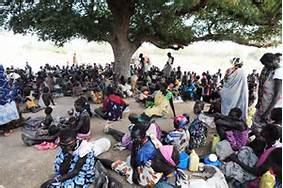
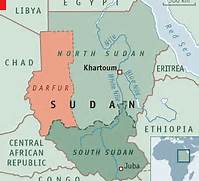
Border conflicts in Chad and Libya affected Darfur in the 1980, with Mu’mar Gaddafi recruitment of Arab speaking disgruntled groups escalated the problems. These groups believed in Arab supremacist and contempt to non-Arab groups and felt their rights were not represented in local government. With the conflict of the North and South Sudan, and the moment of “New Sudan” recruitment efforts in Darfur and the North National Islamic Front battled to from an Islamic state in Sudan, Darfur was the gateway.
Once the National Islamic Front (NIF) was in power they waged a jihad against the South, torture, detaining and killing thousands that were secular purging their government. By 2003, peace negotiation held in Kenya lead to an initial peace. However rebel forces immerged leading to new violence resulting in the death of 300,000 and the displacement of 2 million.
With the Sudan longstanding tradition of hospitality towards refugees, the Sudan Government made available land for some 90,000 refugees.
Chad houses the majority of refugees, their population was reported around 10,238,807 in 2007, with the United Nations stating 3% of the population was above 65 year of age and 48% under the age of 15. The population of Sudan, (including South Sudan) in 2012, was estimated at 34,206,710 with a growth rate of 1.8%, life expectancy is 62.57. The birth rate in Sudan is 31.7/1000 and the infant mortality rate is 55.6/1000.
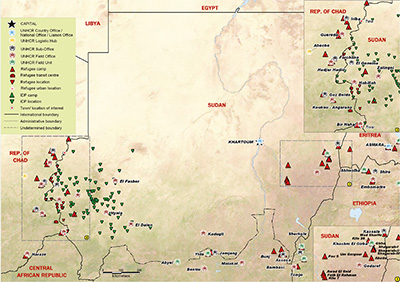
Haiti
Haitians became displaced in January of 2010, due to a 7.0 earthquake that killed 220,000 people creating a crisis for those who survived to find shelter. It was reported 74% of families were uprooted from their homes. Currently reported 23% of Haiti’s schools were destroyed, of the 380,000 orphans before the earthquake, estimate were to double after the quake. Ordinary time frames for adoptions was rushed as both US and the Netherlands government push to have 300 children removed from Haiti to their waiting adoptive parents following the quake. This likely did not impact the population of those countries where orphans were relocated too.
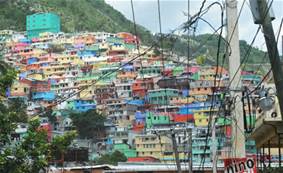
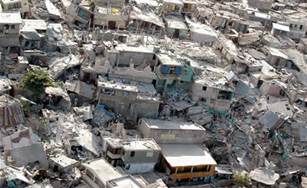
Four years later individuals are still living in camps where they have limited access to basic necessities and are environmentally vulnerable should a severe storm or hurricane have contact with the area. Currently Governments and international communities do not have the resources to rebuild and address the issues created by new environment caused crisis. Environment changes are the future, we will be dealing with more displaced individuals.
Source:
http://www.infoplease.com/country/sudan.html
http://www.unhcr.org/pages/49e483b76.html
http://origins.osu.edu/article/worlds-worst-humanitarian-crisis-understanding-darfur-conflict
http://www.unhcr.org/52d918769.html
http://www.mapsofworld.com/chad/information/population.html
http://www.brookings.edu/blogs/up-front/posts/2014/01/13-haiti-earthquake-anniversary-bradley
http://www.cnn.com/2010/WORLD/americas/01/17/haiti.orphans/index.html
Reflection: The examples of two migration scenarios show how the push of a civil war is moving refugees from their home land into neighboring communities. Natural causes bring sweeping disasters to under- developed communities. I have no doubt that if Haiti had had more of a social structure with greater intra-structure that death and damage toll would have been lessened. However Haiti’s own history of unstable government and civil unrest has left a poor community defenseless and need to rely on others for assistance.